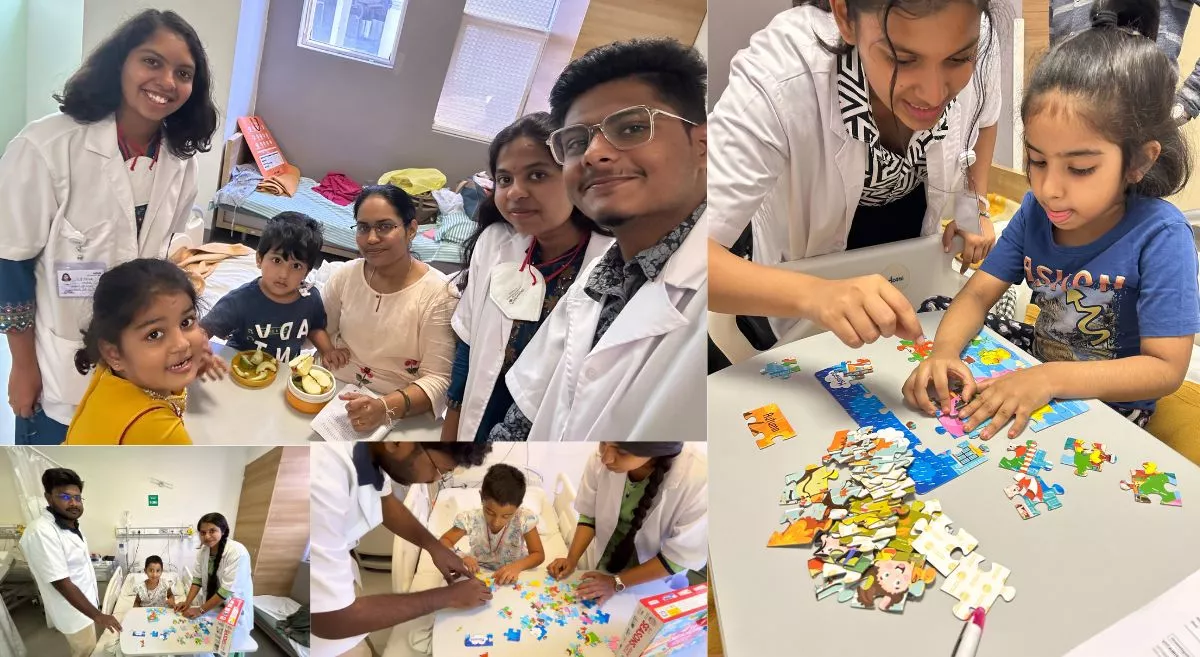Introduction:
In today's digital landscape, children are growing up in a world vastly different from previous generations. The prevalence of technology and screen time has transformed the way they learn, play, and interact. This blog explores the multifaceted impact of technology and screen time on children's health, shedding light on both the benefits and challenges of this digital era.
The Digital Age Dilemma:
As technology becomes increasingly integrated into our lives, it's essential to understand its influence on our children's well-being. Here, we'll examine how technology and screen time can affect various aspects of children's health:
1. Physical Health:
- Sedentary Lifestyle: Extended screen time often leads to a more sedentary lifestyle, which can contribute to childhood obesity and related health issues.
- Eye Strain: Prolonged screen use can strain young eyes, potentially leading to eye discomfort and digital eye strain.
2. Mental Health:
- Screen Addiction: Excessive screen time, particularly in the form of video games or social media, can lead to screen addiction, which may impact a child's mental well-being.
- Anxiety and Depression: There is evidence to suggest that excessive screen time may be linked to increased rates of anxiety and depression among children and adolescents.
3. Sleep Disruption:
- Blue Light Exposure: Screens emit blue light, which can interfere with the body's production of melatonin, a hormone that regulates sleep. Excessive screen time, especially before bedtime, can disrupt sleep patterns.
4. Cognitive Development:
- Attention Span: Continuous exposure to rapid-fire digital content may shorten attention spans in children.
- Learning Opportunities: While technology offers valuable educational tools, overreliance on screens may limit children's exposure to diverse learning experiences.
5. Social Development:
- Social Interaction: Excessive screen time can reduce face-to-face social interactions, potentially impacting a child's ability to develop essential social skills.
- Cyberbullying: The digital realm opens the door to cyberbullying, which can harm a child's self-esteem and mental health.
Balancing Act: Nurturing Healthy Tech Habits
While technology is undeniably a part of modern life, it's crucial to strike a balance that promotes children's health and well-being:
1. Set Screen Time Limits: Establish clear guidelines for daily screen time and encourage alternative activities such as outdoor play, reading, and creative pursuits.
2. Quality Over Quantity: Emphasize the importance of content quality. Encourage educational and age-appropriate apps, games, and videos.
3. Family Screen Time: Lead by example. Limit your own screen time and engage in tech-free family activities to foster meaningful connections.
4. Educate About Online Safety: Teach children about online safety, including privacy, cyberbullying, and responsible internet use.
5. Regular Screen Breaks: Encourage short breaks during extended screen sessions to reduce eye strain and encourage physical activity.
Conclusion:
The digital age has brought both opportunities and challenges for children's health and development. Understanding the impact of technology and screen time is crucial for parents and caregivers to navigate this evolving landscape successfully. By promoting healthy tech habits, maintaining open communication, and nurturing a balanced approach, we can harness the benefits of technology while safeguarding the well-being of our children in this digital era.

















